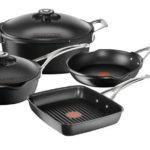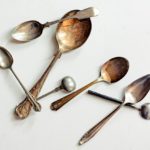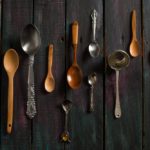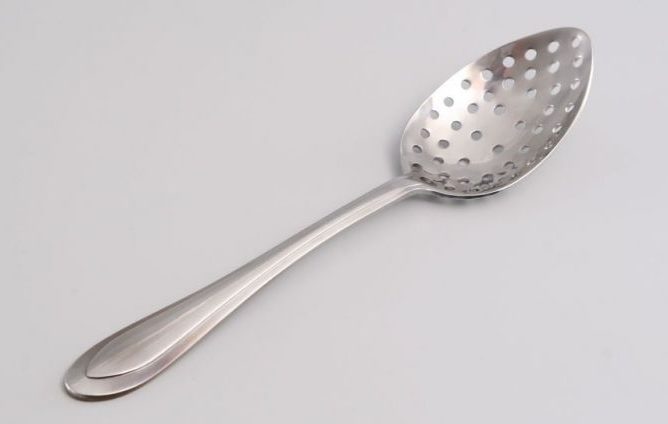How to clean cupronickel spoons
Cupronickel is an alloy of copper and nickel, which is often used in the manufacture of cutlery. It is not only practical (the dishes last for many years), but also beautiful (outwardly this alloy is very similar to silver). However, every housewife who is a happy owner of cupronickel spoons periodically faces a problem: the utensils begin to turn black and lose their shine. But dealing with this is not at all difficult. There are many interesting ways you can clean cupronickel spoons at home.
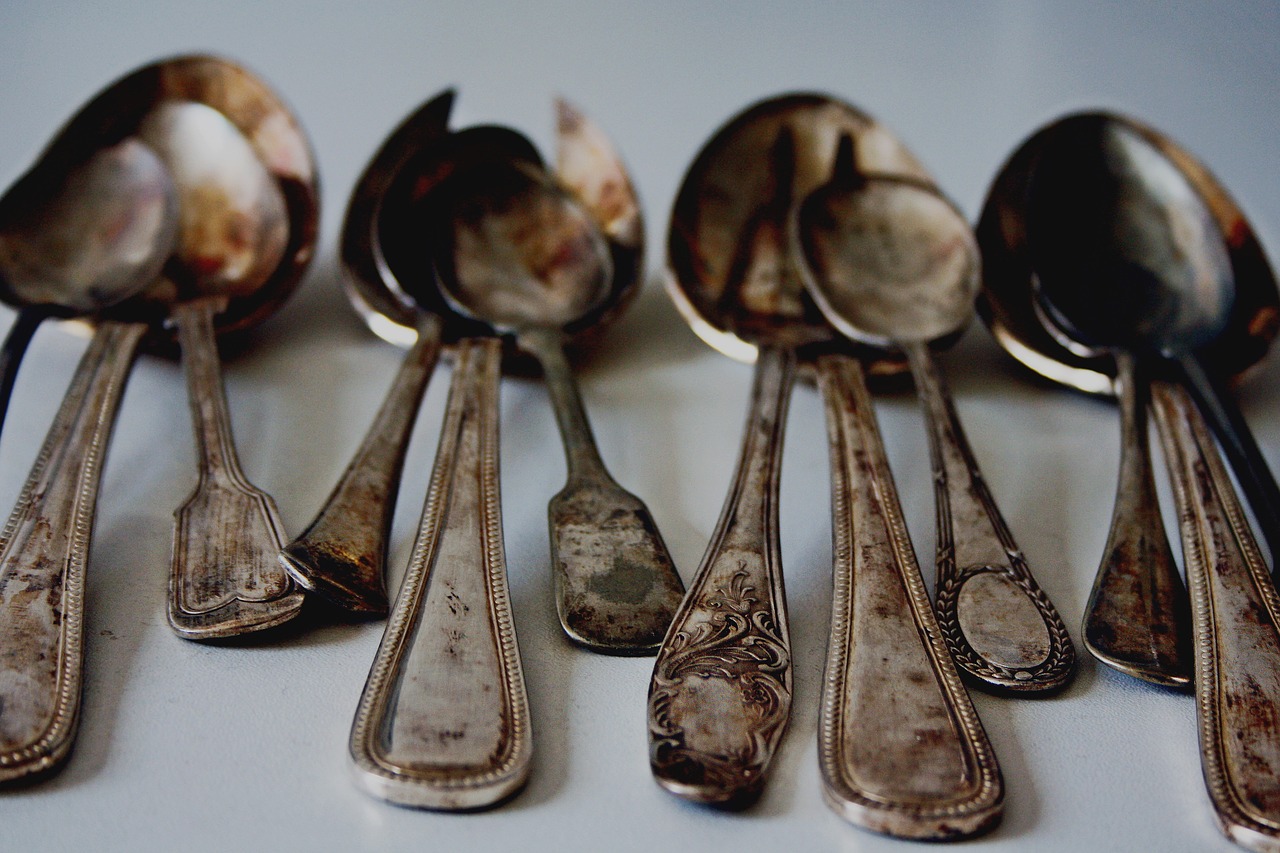
The content of the article
Features of cleaning cupronickel
Cupronickel not only looks like silver. It is also capable of oxidizing if storage conditions are violated. In this case, the stains on nickel silver dishes first become brown and only after a while turn black. The oxidation process occurs due to the copper contained in the alloy, which is very susceptible to the negative effects of environmental factors.
In addition, sometimes water stains remain on nickel silver utensils (if you neglect to wipe the spoons with a dry towel after washing). Grayish spots often form - traces of ingrained dirt and grease.
You can clean the devices with products from the store. These are special creams, pastes or wipes. They carefully and efficiently clean spoons from all dirt, even old ones. However, you need to carefully read the information on the packaging and choose products intended for cupronickel.
But for spoons to once again please the eye with their cleanliness and shine, it is not at all necessary to run to the store. There are many ways to clean such dishes using the products you have on hand. Cupronickel is not difficult to clean, especially if the stains are not old.
Experienced housewives know that before cleaning such devices need not just be washed, but done correctly. For example, it is especially useful to soak spoons in warm soapy water for 20–30 minutes. After this, the dishes need to be dried thoroughly (with a soft towel, or paper) and only then begin cleaning.
Important! To “soak” cupronickel spoons, you need to use laundry or baby soap without fragrances or dyes. It can be grated on a coarse grater and dissolved in water.
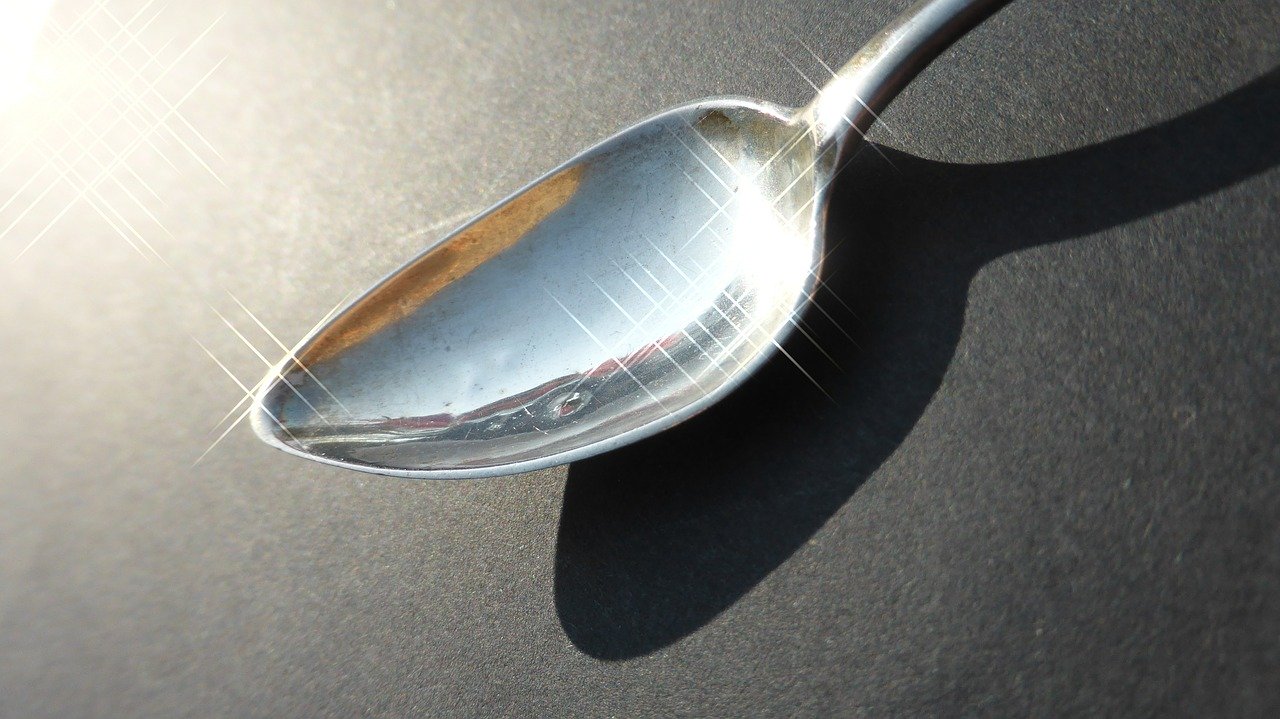
How to clean cupronickel at home
Every housewife has her own proven way to make spoons and forks clean. Among the most accessible and effective means are:
- Soda or fine salt. You can prepare a salt or soda solution (to do this, 50 g of any of these products is diluted in water). The spoons should be left to “soak” in the solution for half an hour. If the dirt is heavy, it is recommended to prepare a cleaning paste. To do this, soda or salt is mixed with water until it becomes pasty. It is important that the mixture is homogeneous, without lumps and individual granules, which can leave unpleasant scratches on the surface of cupronickel. The paste is applied to spoons with a soft toothbrush or sponge. In places of contamination, you can make special efforts and rub a little more thoroughly, but without fanaticism.
- Toothpaste. You should choose a paste without granules and dyes. Apply it to a sponge, brush or cotton pad and carefully treat each spoon.You can leave the devices in this state for 15–20 minutes, and then rinse off the paste under running water. This method is not always effective against old discolorations, but it is absolutely safe for human health.
- Water remaining after boiling eggs. To clean spoons in this way, you need to add salt and crushed shells to the water. Then spoons and forks are dipped into the solution, the container is placed on low heat and kept there for 10–15 minutes. The liquid should boil, but not too much.
- Garlic peel, which can be added to water instead of shells and salt. The cleaning principle is the same: place cutlery in the container and place it on low heat. The duration of the procedure is from 10 to 20 minutes.
- Alcohol. To remove old stains from spoons, wipe them with a cotton pad soaked in alcohol. In order to simply restore the shine to the devices, just soak them in an alcohol solution for 15 minutes. If you don’t have alcohol on hand, vodka will do the job perfectly.
- When it is necessary to remove very old darkening, heavy artillery can be used. For example, ammonia or table vinegar. So, in order to remove neglected stains, they are treated with pure ammonia. Vinegar can be diluted with water and place the devices in the solution for 20 minutes. Important: you need to work only with gloves and in a room with good ventilation.
- Glycerin and vinegar. Thanks to this method, you can clean cupronickel as quickly as possible. The technology is as follows: the spoons are coated with glycerin (each separately), the vinegar is heated, and then each device is treated with it. To enhance the effect, vinegar can be diluted with ammonia (1:1 ratio).
- Potato broth. It is important that it is unsalted.After cooking the potatoes, place spoons into the liquid so that it covers them completely. In this form, the devices are left to “soak” for an hour. After the procedure, the spoons should be rinsed and dried with a soft towel.
Important! Cupronickel is “contraindicated” from interacting with chlorine-containing substances, so cleaning them with white is strictly prohibited. In addition, they cannot be washed in the dishwasher.
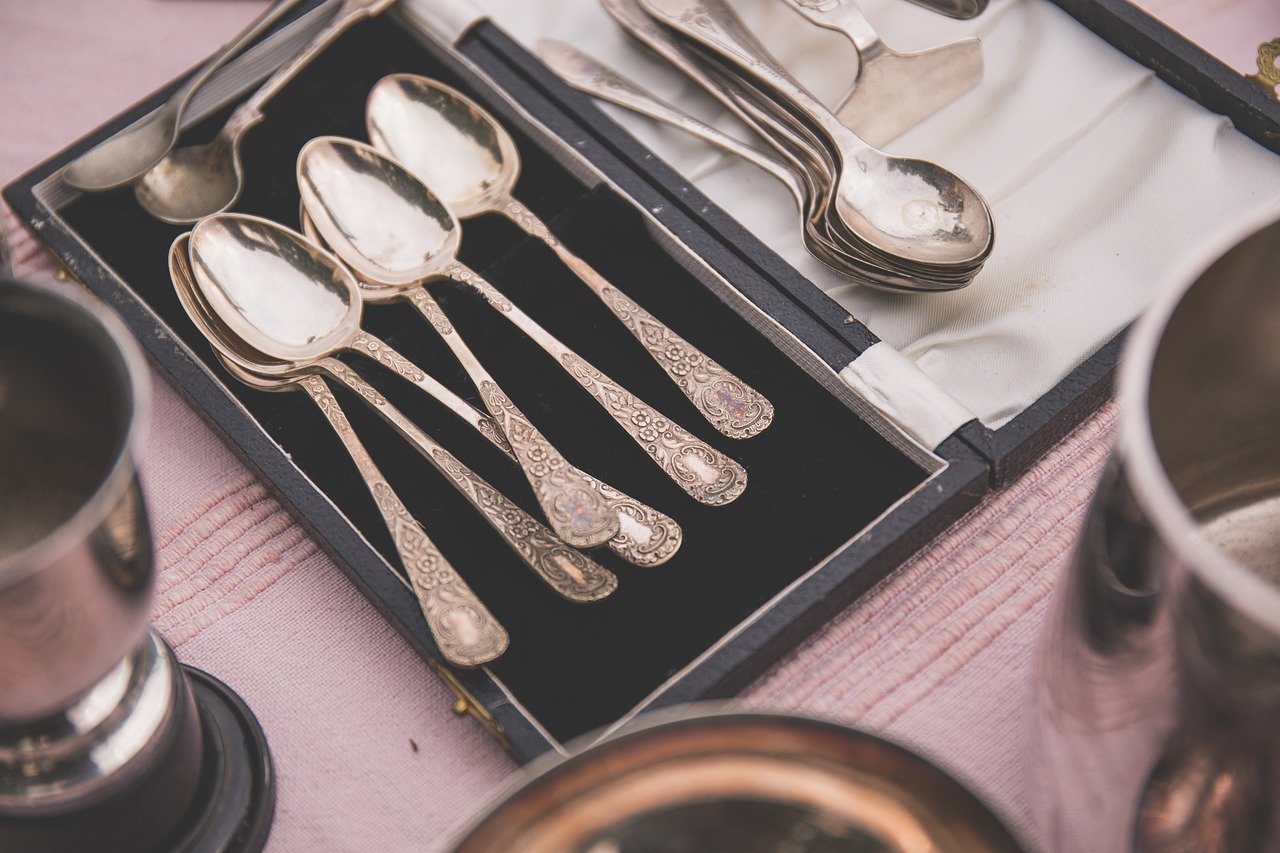
Tips for storing cupronickel
Darkening will appear much less frequently if cupronickel devices are stored correctly. It is important to consider the features of this alloy. For example, cupronickel “does not like” high humidity. Therefore, to store such spoons you need to find the driest cabinet and not put them in a tray or box damp.
To keep the spoons shiny for a long time, it is recommended to wrap them in foil or cling film for storage. Thanks to this, the oxidation process practically stops, and darkening will not happen soon.
So, cleaning cupronickel spoons at home is easy. You can choose any of the presented methods to make your cutlery sparkle clean again. However, it is important to follow general safety rules when working with substances such as ammonia, ethyl alcohol, and vinegar.

